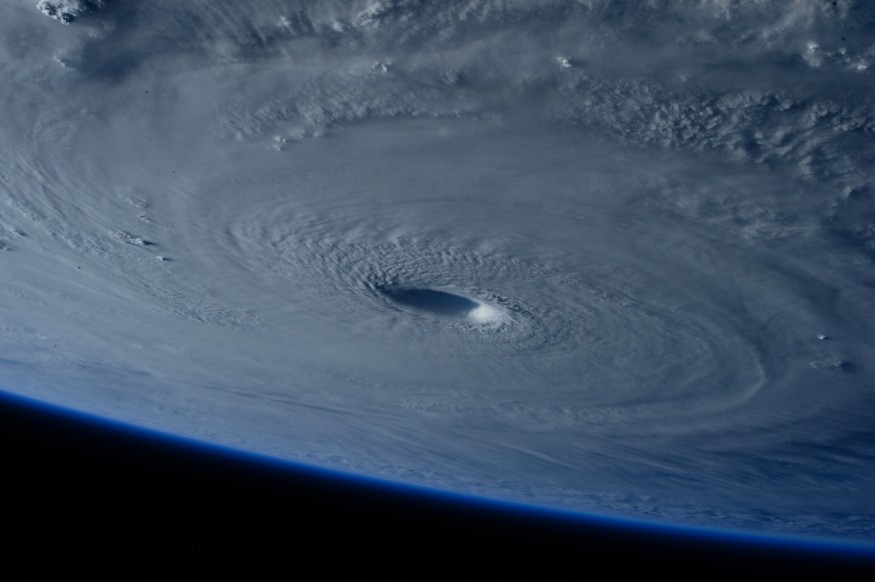Hurricanes are some of the forces of nature to be reckoned with due to their known capability to cause widespread damage and pose life-threatening risks. For instance, in the Atlantic Ocean, these natural disasters form weaker weather systems and then intensify into hurricane category 3, which is known for its relatively powerful, destructive winds.
For several decades, meteorologists have advanced the theoretical knowledge and monitoring of hurricanes since the first hurricane forecast models started during the 1950s. However, these forecast models may not be the first since there are reports that hurricane prediction began as early as the 1870s.
Despite the technological advancement in hurricane monitoring and forecasting, scientists are continuing to further understand hurricanes, especially when it comes to rapid intensification and its relation with climate change.
Modern climate models suggest that future hurricanes will be more frequent and intense due to the ongoing human-induced climate crisis, which is fueled by human activities like the emission of greenhouse gases from various industries and fossil fuels.
Hurricane Category 3 Origin

A Category 3 hurricane initially comes from or develops from a tropical disturbance, which is a rotating storm system that we see in meteorological forecast maps and satellite images provided by the National Aeronautics and Space Administration (NASA). These weather systems form over warm ocean waters of the tropics and subtropics. They are also known for their low-pressure center and strong winds.
Being the most violent storms on Earth, hurricanes are also called typhoons and cyclones depending on where they occur, and the scientific term for all these storms is tropical cyclone, according to NASA.
With this, only tropical cyclones that form over the Atlantic Ocean or eastern Pacific Ocean are called hurricanes, which often struck the United States and other countries in the Caribbean and Central America regions from June 1 to November 30 each year.
After forming and gaining energy due to the heat released when moist air rises and condenses, tropical disturbances intensify into another weather system, called a tropical storm. The latter is the phase before it transitions into a hurricane.
Hurricane Impacts to Humans and Environment
Based on the Saffir-Simpson Hurricane Wind Scale, hurricanes are measures based on a 1 to 5 rating, with Category 1 being the weakest and Category 5 being the strongest. In the middle of this scale is known as the Category 3 hurricane.
While all hurricanes possess life-threatening winds, hurricanes in Category 3 and higher are known as major hurricanes; which can cause devastating to catastrophic wind damage and significant loss of life due to the intensity of their winds, according to the National Hurricane Center (NHC).
What is concerning about hurricanes is their high potential to increase in number and strength in the future. Amid global warming, global climate models predict that these powerful storms will likely bring more rainfall and increased coastal flooding, due to higher storm surges caused by rising sea levels.
These hurricane hazards initially threaten not only coastal communities but also terrestrial ecosystems near the oceans. In a study published in the journal Science Advances in April 2022, scientists predict that intense hurricanes could double in most parts of the world by the year 2050 due to climate change.
Related Article : Hurricanes Are Getting Stronger and Intense Due to Climate Change
© 2025 NatureWorldNews.com All rights reserved. Do not reproduce without permission.





